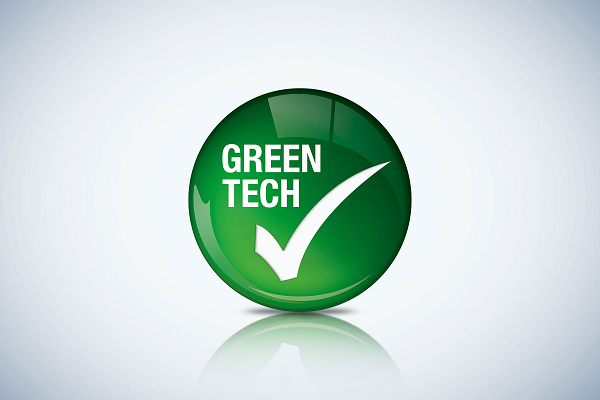How Green Technology Can Reduce Energy Bills

Up and down the country, landlords and everyday households are scurrying to find any and every viable solution to the UK’s spiralling energy bills. This year may have brought Britain’s hottest temperatures on record, but the prospect of an exceptionally bleak winter is already taking its toll on the nation’s welfare.
The escalating living-cost crisis was and is one of the most pressing issues for Liz Truss, who just days into her premiership announced plans to freeze energy bills at an average of £2,500 a year for two years. The announcement came as part of much broader support packages for households and businesses, but whether she remains in power long enough to come through on any of her pledges now remains to be seen.
Indeed, there are those in government (including several prominent members of the Conservative Party) who believe Liz Truss will be ousted before the end of the month.
Either way, capping energy bills at an average of £2,500 a year for two years is not something most would praise as a major step in the right direction. It still represents a major increase from last year’s average household energy bill of £575 for gas and £764 for electricity.
Striving for longer-term savings
A joint study conducted by Scottish Power and the World Wildlife Fund (WWF) found that the average household could save almost £1,900 per year by upgrading to the latest green technologies. This includes advanced insulation, the installation of heat pumps, and the use of solar panels.
All of these devices work in different ways, but they are ultimately designed to reduce energy consumption and bring household energy costs under control.
Unfortunately, stepping up to these kinds of green technologies is not something that comes cheap. It can cost anything from £7,000 to £13,000 to install a heat pump, while solar panels for the average home will typically carry a price of between £5,000 and £11,000. With the living cost crisis biting harder than ever before, this simply is not the kind of money most people have at their disposal.
This is where government bursaries and grants can offer at least a modest lifeline to many households and landlords. The Green Homes Grant scheme has now come to an end (at least in the sense that no further applications are being accepted), but there are still initiatives like the Boiler Upgrade System that can pave the way for significant discounts.
One grant application can be submitted per property, which (if successful) could be worth as much as £5,000 to £6,000 off the price of installing a heat pump or biomass boiler, either of which could significantly boost a property’s energy efficiency and effectively pay for itself long-term.
Improved property values
Along with reduced household energy bills, property owners are being prompted to consider the extent to which green improvements can increase a home’s market value. Specific figures are hard to come by, but the study conducted by Scottish Power and the World Wildlife Fund (WWF) suggested that the average home could see a £10,000 boost to its market value through the adoption of green technologies.
But as all green technology grants and incentives introduced by the government to date have been strictly temporary in nature, those looking to take advantage of any such discounts are advised to do so as promptly as possible. Landlords in particular stand to make significant savings by investing in green technologies for their rental properties, as the countdown continues to the introduction of the government’s tightened carbon emissions rules for all UK households.
